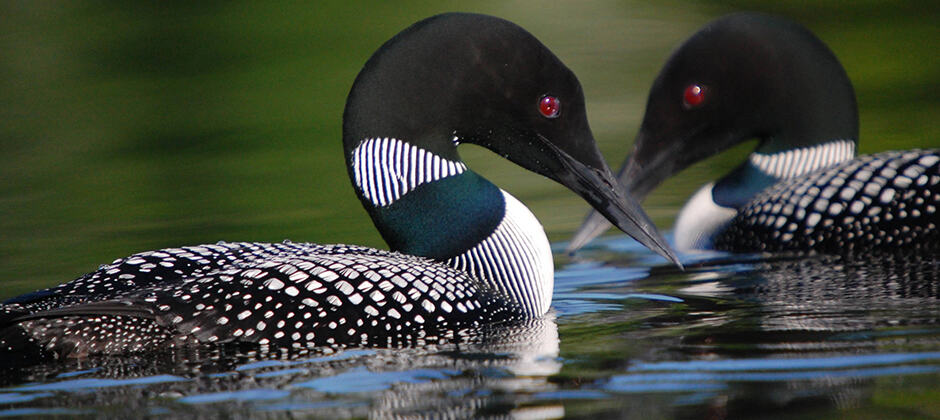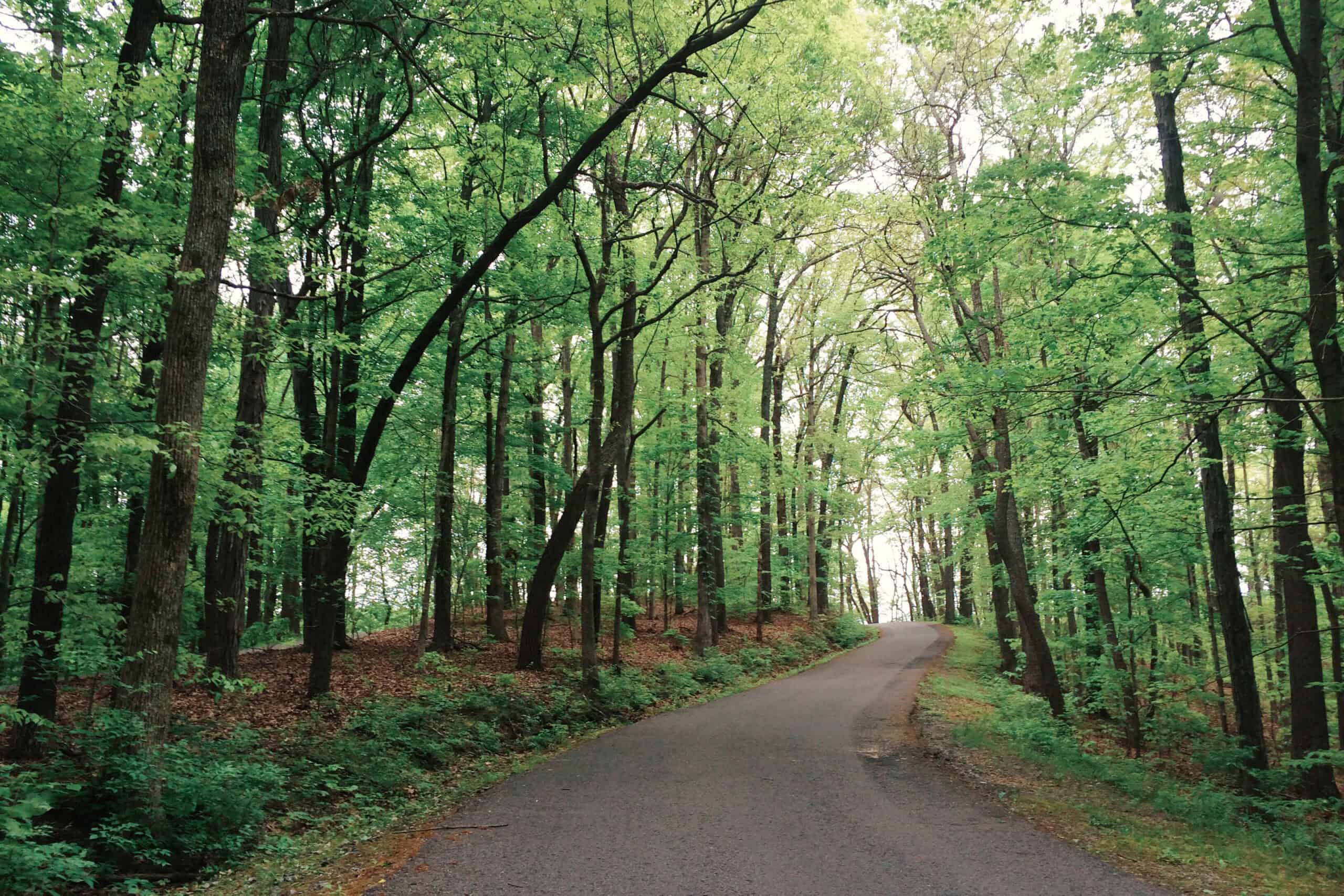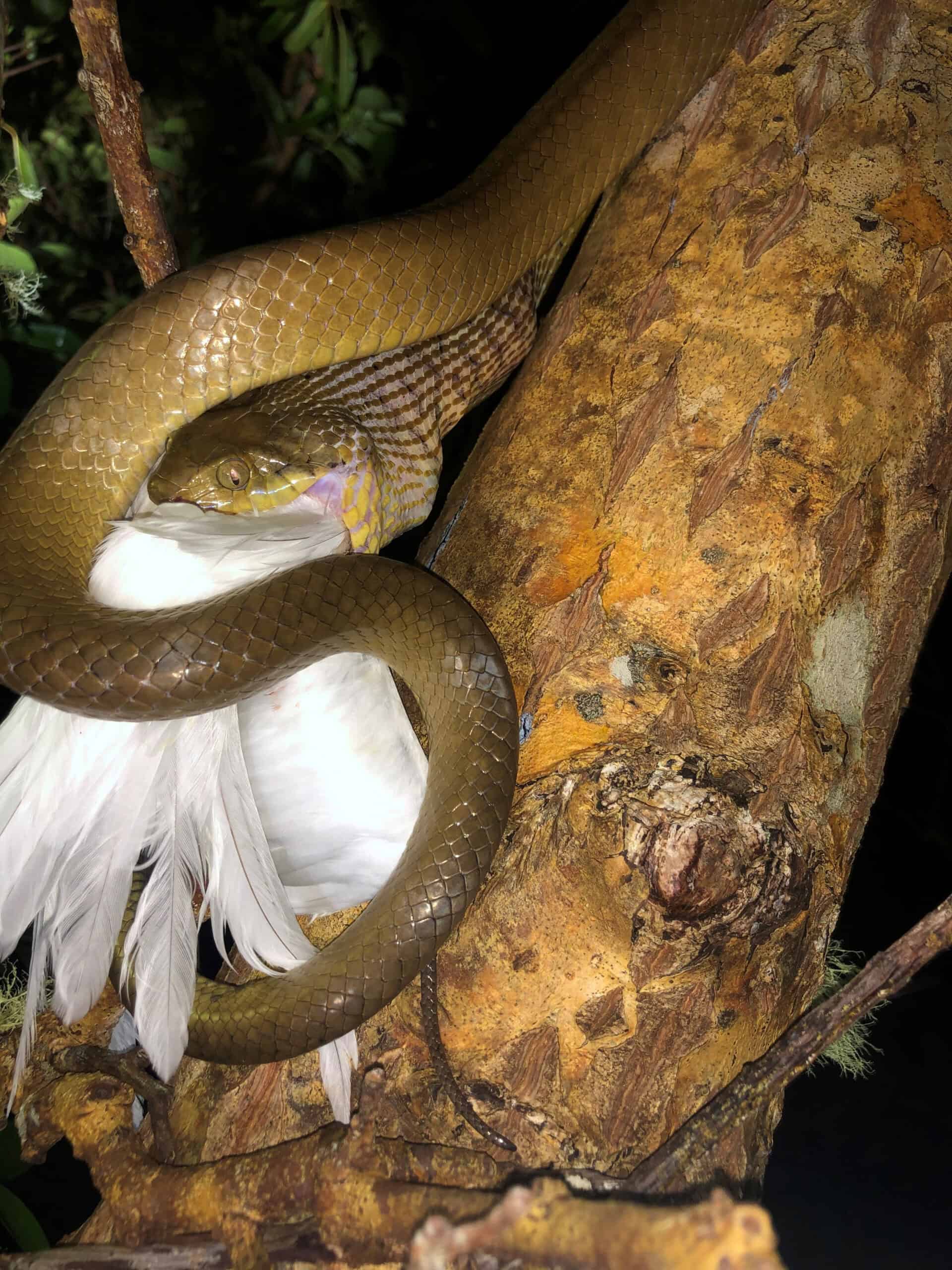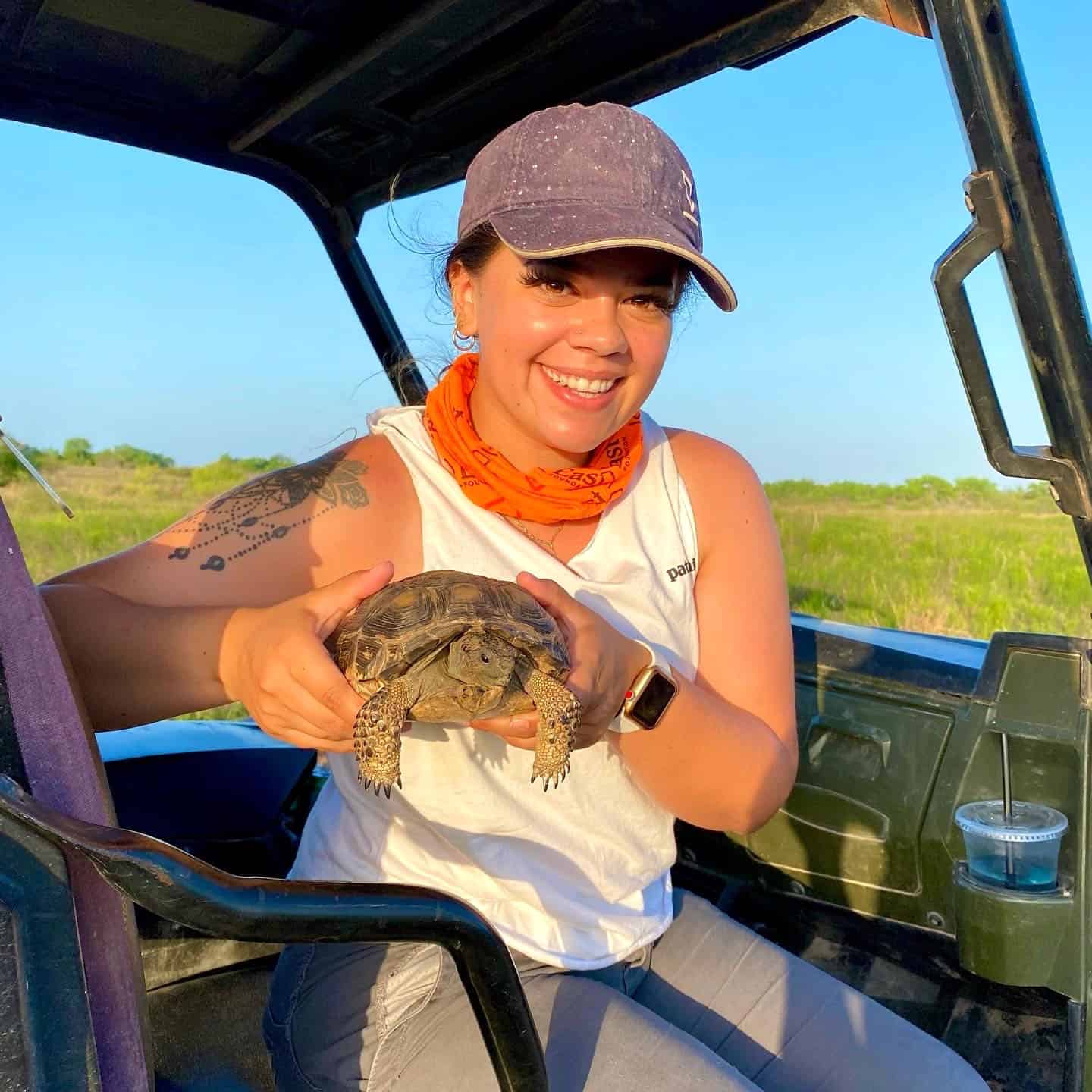Share this article
PCBs continue to impact wildlife
Four decades after PCBs were banned, the chemicals are still present in the environment and affecting wildlife. Researchers in New York found chickadees and song sparrows that ate contaminated insects sounded different from birds in uncontaminated areas, possibly because the chemicals interfere with the part of the brain responsible for song. At Superfund sites, researchers found high levels of PCBs in gulls and other seabirds, affecting their immune systems, fertility and survival of chicks. Sea lions (Zalophus californianus) in California have experienced elevated cancer rates. At New Hampshire’s Squam Lake, researchers wonder if PCBs are contributing to poor chick survival among common loons (Gavia immer).
“There is five decades of research showing that PCBs have had health impacts on both wildlife and humans,” Keith Grasman, a biology professor at Calvin University in Michigan, told the Associated Press. “While their concentrations in the environment have declined in many situations … we still see issues with these legacy compounds.”
Header Image: Researchers wonder if PCBs are responsible for poor chick survival among common loons on Squam Lake in New Hampshire. Credit: USFWS








